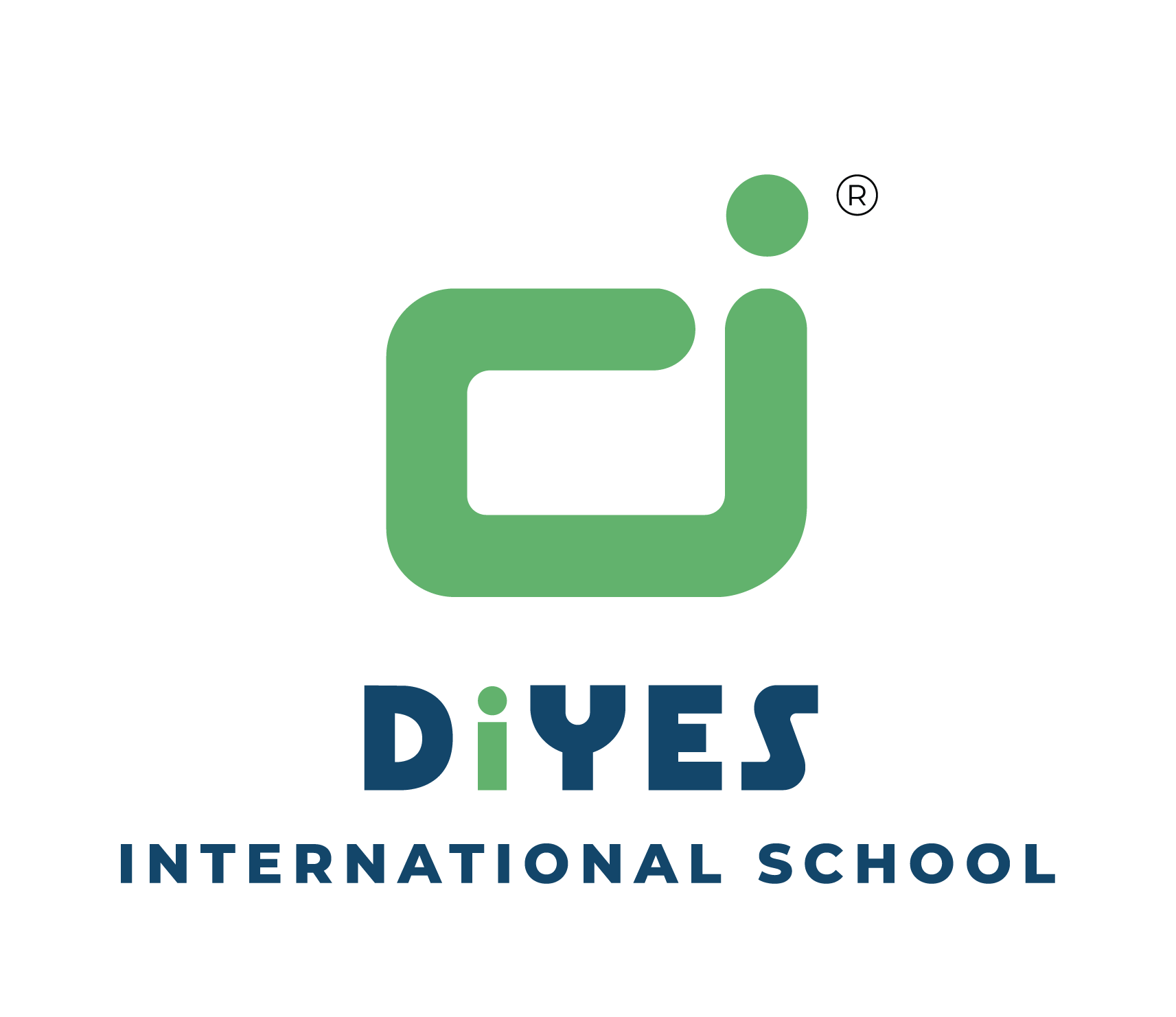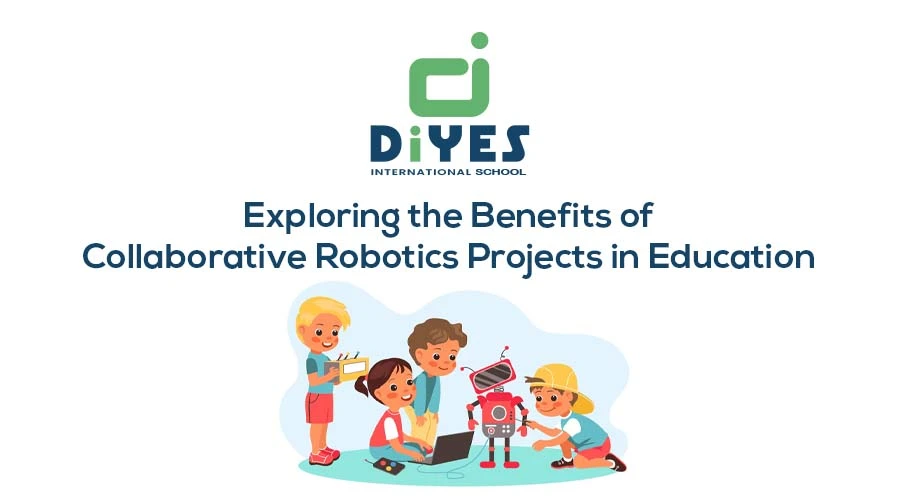In the ever-evolving landscape of education, collaborative robotics projects are emerging as a powerful tool for enhancing learning experiences. This blog delves into the myriad benefits of robotics by integrating robotics into educational curricula, emphasizing collaborative projects. From nurturing teamwork and problem-solving skills to igniting a passion for STEM (Science, Technology, Engineering, and Mathematics), discover how collaborative robotics projects can transform the educational journey of students. These projects hold great promise even for robotics for preschoolers, providing early exposure to technology and collaborative learning.

The integration of technology in education is no longer a futuristic concept but a present-day reality. Among the technological advancements making waves in classrooms, collaborative robotics projects stand out for their potential to revolutionize learning. By engaging students in hands-on, team-based activities, these robotics projects for school students provide a dynamic and interactive learning environment.
Enhancing Teamwork and Collaboration
One of the most significant advantages of collaborative robotics projects is their ability to nurture teamwork and collaboration among students. In these projects, students work together towards a common goal, learning to communicate effectively and leverage each other’s strengths.
- Building Communication Skills: Collaborative robotics projects require students to articulate their ideas, listen to others, and provide constructive feedback. This interaction improves their communication skills, an essential asset in both academic and professional settings.
- Developing Interpersonal Skills: Working in teams helps students develop interpersonal skills such as empathy, patience, and conflict resolution. These skills are critical for building healthy relationships and working effectively in diverse teams.
- Encouraging Mutual Respect: Through collaboration, students learn to respect different perspectives and appreciate the value of diverse contributions. This mutual respect nurtures a positive and inclusive learning environment.
- Promoting Accountability: In a team setting, students learn to take responsibility for their tasks and contribute meaningfully to the project’s success. This sense of accountability prepares them for future professional environments where teamwork is paramount.
By enhancing teamwork and collaboration, robotics projects help students develop essential social skills and prepare them for real-world scenarios where effective collaboration is key to success.
Nurturing Problem-Solving and Critical Thinking
Robotics projects are inherently complex and require students to apply problem-solving and critical thinking skills. These projects challenge students to think creatively and analytically to overcome obstacles and achieve their objectives.
- Encouraging Creative Thinking: Robotics projects often present unique challenges that require out-of-the-box thinking. Students learn to approach problems from different angles and devise innovative solutions.
- Enhancing Analytical Skills: Working with robotics involves understanding complex systems and processes. Students develop their analytical skills by breaking down problems into manageable parts and systematically addressing each component.
- Improving Decision-Making Abilities: In robotics projects, students must make decisions based on available data and resources. This practice hones their decision-making abilities and teaches them to evaluate options critically.
- Strengthening Resilience: The trial-and-error nature of robotics projects teaches students resilience. They learn that failure is part of the learning process and develop the perseverance needed to overcome setbacks and achieve success.
Collaborative robotics projects provide an excellent platform for nurturing problem-solving and critical thinking skills, equipping students with the tools they need to navigate complex challenges in their academic and professional lives.
Igniting a Passion for STEM
One of the primary goals of integrating robotics into education is to spark students’ interest in STEM fields. Robotics projects make STEM subjects tangible and exciting, encouraging students to pursue further studies and careers in these areas.
- Making STEM Subjects Engaging: Robotics projects transform abstract STEM concepts into hands-on activities. This practical approach makes learning more engaging and helps students understand the real-world applications of STEM knowledge.
- Providing Early Exposure: Introducing students to robotics at a young age can ignite a lifelong interest in STEM.

Early exposure helps students build a strong foundation and encourages them to explore advanced topics in high school and beyond.
- Showcasing Career Opportunities: Through robotics projects, students can see the wide range of career opportunities available in STEM fields. This exposure helps them make informed decisions about their future education and career paths.
- Inspiring Innovation: Robotics projects encourage students to think like inventors and innovators. By solving real-world problems with technology, they learn to apply their knowledge creatively and envision new possibilities.
By igniting a passion for STEM, collaborative robotics projects play a crucial role in shaping the next generation of scientists, engineers, and technologists, ensuring a steady pipeline of talent for future innovation.
Enhancing Engagement and Motivation
Robotics projects are inherently engaging and can significantly increase students’ motivation to learn. The interactive and hands-on nature of these projects captivates students’ interest and keeps them engaged in the learning process.
- Providing Hands-On Learning: Robotics projects offer a hands-on learning experience that is both fun and educational. This approach helps students retain information better and develop a deeper understanding of the concepts being taught.
- Nurturing a Sense of Accomplishment: Completing a robotics project gives students a tangible sense of accomplishment. This positive reinforcement boosts their confidence and motivates them to take on new challenges.
- Encouraging Active Participation: The collaborative nature of robotics projects encourages active participation. Students are more likely to engage with the material and contribute to the project when they feel their input is valued.
- Promoting Lifelong Learning: The skills and enthusiasm developed through robotics projects can inspire a love of learning that lasts a lifetime. Students learn to approach learning as an exciting and ongoing process rather than a finite goal.
In essence, by enhancing engagement and motivation, collaborative robotics projects create a dynamic and interactive learning environment that encourages students to take an active role in their education and develop a lifelong love of learning.
Preparing Students for Future Careers
In today’s rapidly changing world, the skills needed for future careers are evolving. Collaborative robotics projects help prepare students for the demands of the modern workforce by equipping them with essential technical and soft skills.
- Developing Technical Skills: Robotics projects provide students with hands-on experience in coding, engineering, and technology. These technical skills are highly sought-after in many industries and can give students a competitive edge in the job market.
- Teaching Project Management: Working on robotics projects teaches students project management skills such as planning, organization, and time management. These skills are vital for achieving success in any professional environment.
- Enhancing Soft Skills: In addition to technical skills, robotics projects help students develop essential soft skills such as teamwork, communication, and problem-solving.These skills are highly valued by employers and are critical for career succes

- Providing Real-World Experience: Robotics projects simulate real-world scenarios, giving students practical experience that can be directly applied to future careers. This hands-on learning prepares them for the challenges and opportunities they will encounter in the workplace.
By preparing students for future careers, collaborative robotics projects play a vital role in equipping the next generation with the skills and experience they need to succeed in an ever-evolving job market.
Conclusion
Collaborative robotics projects are a powerful educational tool with far-reaching benefits. By enhancing teamwork and collaboration, nurturing problem-solving and critical thinking skills, igniting a passion for STEM, enhancing engagement and motivation, and preparing students for future careers, these projects transform the educational experience. As educators and parents, incorporating the potential of robotics in education can help us prepare our children for a future that demands innovation, adaptability, and a lifelong love of learning. Together, we can inspire the next generation of thinkers, creators, and leaders who will shape the world of tomorrow.
Moreover, the integration of robotics in education promotes inclusivity and diversity in learning. These projects provide opportunities for students of all backgrounds to engage with technology, breaking down barriers and encouraging a more inclusive approach to STEM education. By offering diverse students the chance to collaborate and succeed in robotics projects, we nurture an educational environment where everyone can flourish, regardless of their prior experience or socio-economic background.
Finally, the interdisciplinary nature of robotics projects helps students see the interconnectedness of different fields of study. By applying principles from mathematics, science, engineering, and technology in a single project, students gain a holistic understanding of how these disciplines interact in the real world. This integrated approach not only deepens their knowledge but also prepares them for the complex, multidisciplinary problems they will encounter in their future careers. Collaborative robotics projects in education are, therefore, not just about learning to build robots—it’s about building a comprehensive foundation for lifelong learning and success.
At DiYES International School, we are committed to integrating cutting-edge technology into our curriculum to nurture a dynamic and engaging learning environment. Our collaborative robotics projects are designed to ignite student’s passion for STEM, enhance their problem-solving skills, and prepare them for future careers. Join us in empowering your child to become a confident, innovative, and successful individual ready to tackle the challenges of the future.
To learn more about DiYES International School and our innovative educational programs, visit our website at www.diyesinternational.edu.in or contact us at +918547609000.


